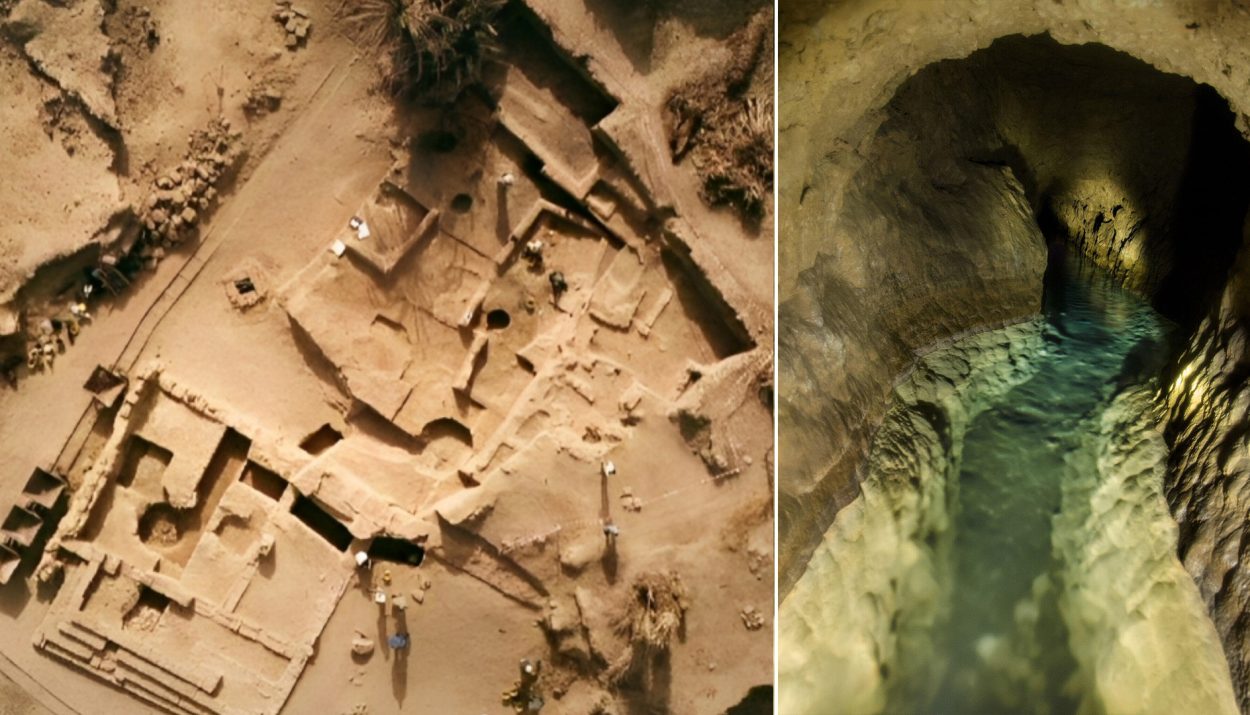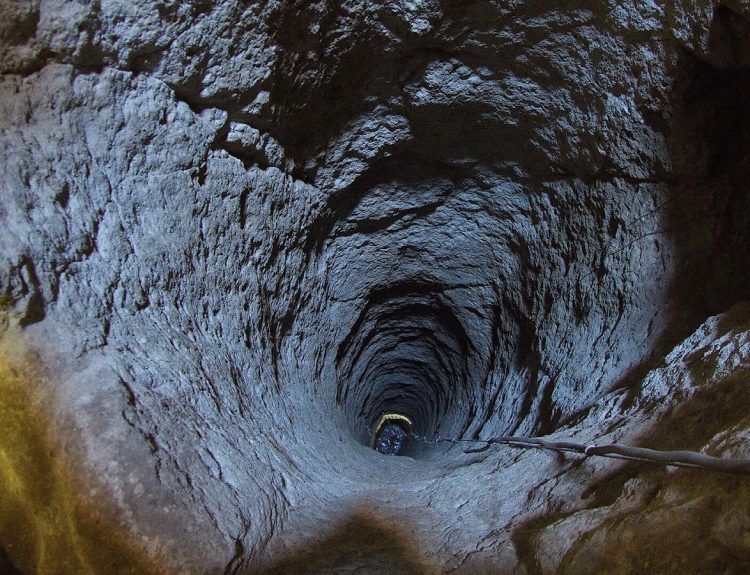Where there is water, there is life. To build a viable village, there needs to be a water source nearby. To build a massive and powerful kingdom water supply is integral.
The Garamantes people of ancient Africa built a powerful and thriving kingdom in one of the least likely places imaginable … the Sahara Desert. How was it possible for the Garamantes to prosper in a place with no rivers or lakes? Let’s find out.
Who Were the Garamantes?
Descended from the ancient Berber people, the Garamantes inhabited the central Sahara Desert region of North Africa. Although the Garamantes kingdom is thought to have existed from around the first millennium BC to the 6th century AD, the civilization was at its peak between roughly from the 1st to the 5th centuries AD.
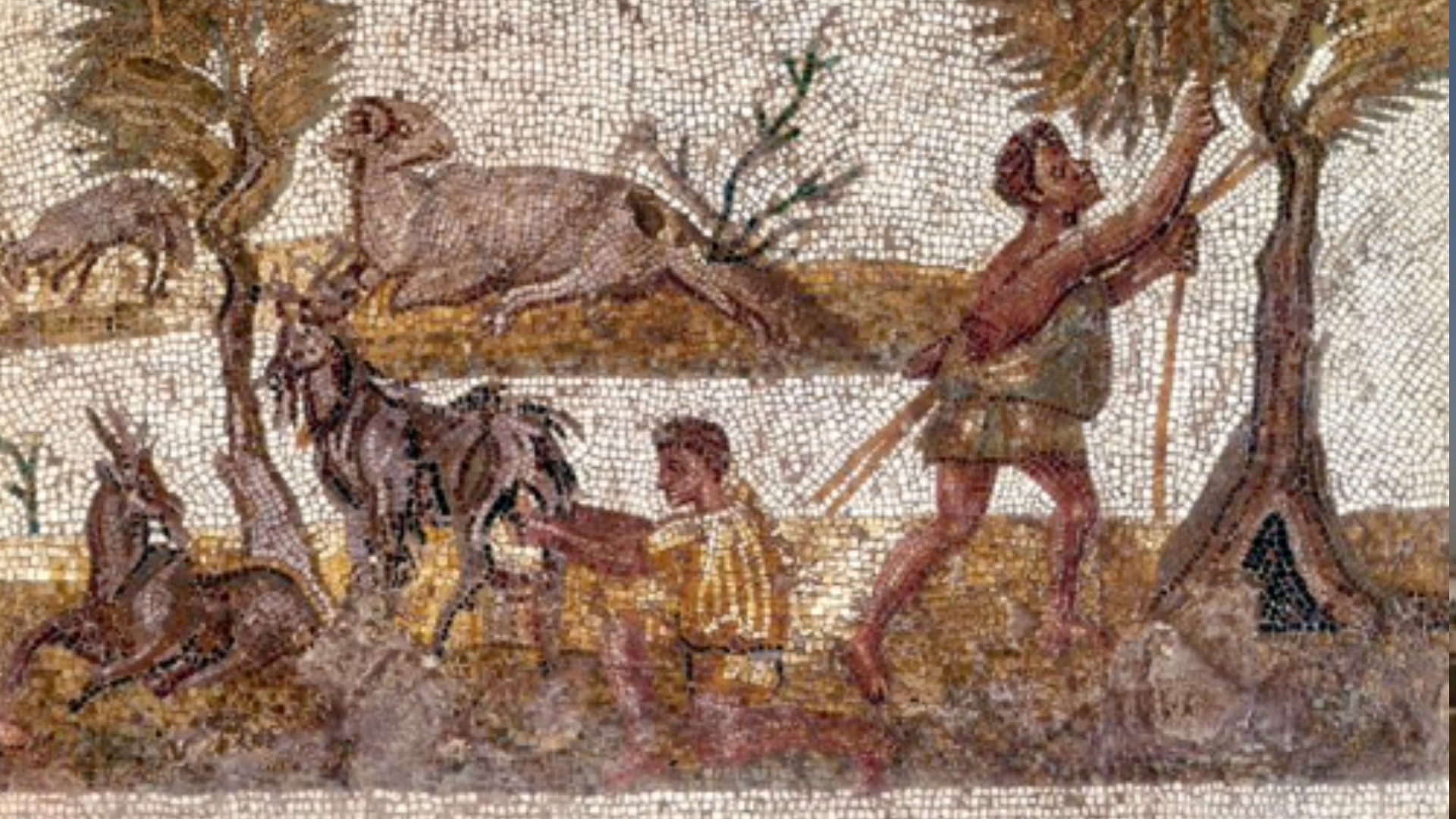
The Garamantian civilization was once considered a minor player in the history of North Africa, but in the last fifty years, archaeologists have unearthed evidence that this kingdom had established trade connections with the Romans, as well as Mediterranean cultures. Their capital, now in present day Libya, was a center for commerce and culture. There was more to the Garamantes people than initially thought.
A Lucky Location
For ancient traders, the Garamantes cities must have been a marvel to behold. No other culture had been able to build a kingdom of their size in the dry, unforgiving Sahara Desert. How were they able to accomplish it? The answer is: location, location, location.
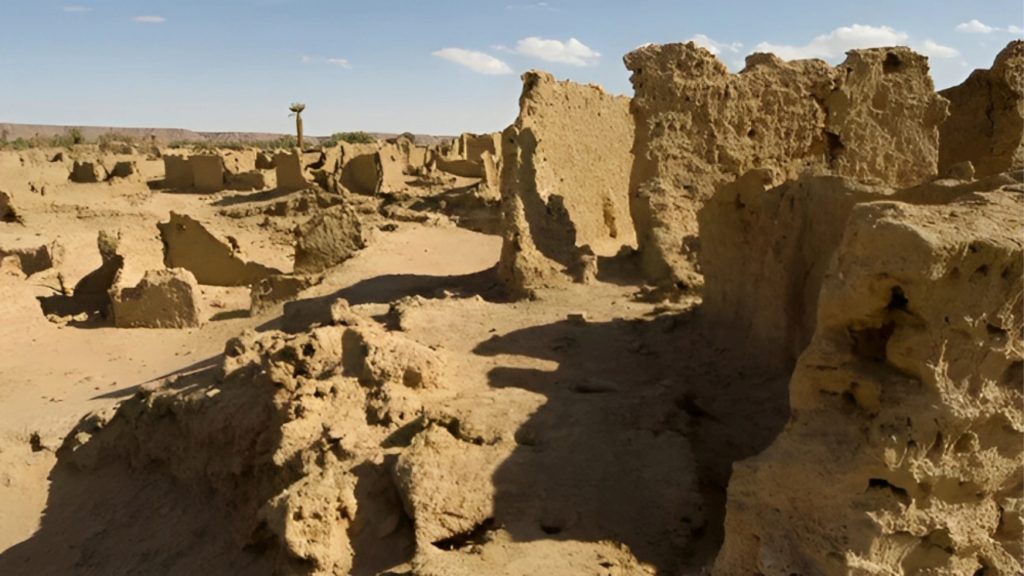
The Garamantes kingdom was built on top of an aquifer. Not just any aquifer. Hydrogeologist Frank Schwartz of Ohio State University calls it a “world-class aquifer.” The valuable groundwater was an asset to the Garamantes people … until it wasn’t.
Back When the Sahara Was Green
To understand how this aquifer was created and the role it played in the rise and fall of the Garamantes civilization, we must first go back in time to when the Sahara was a lush, green, wet environment, before the sands and unrelenting heat dominated the area.
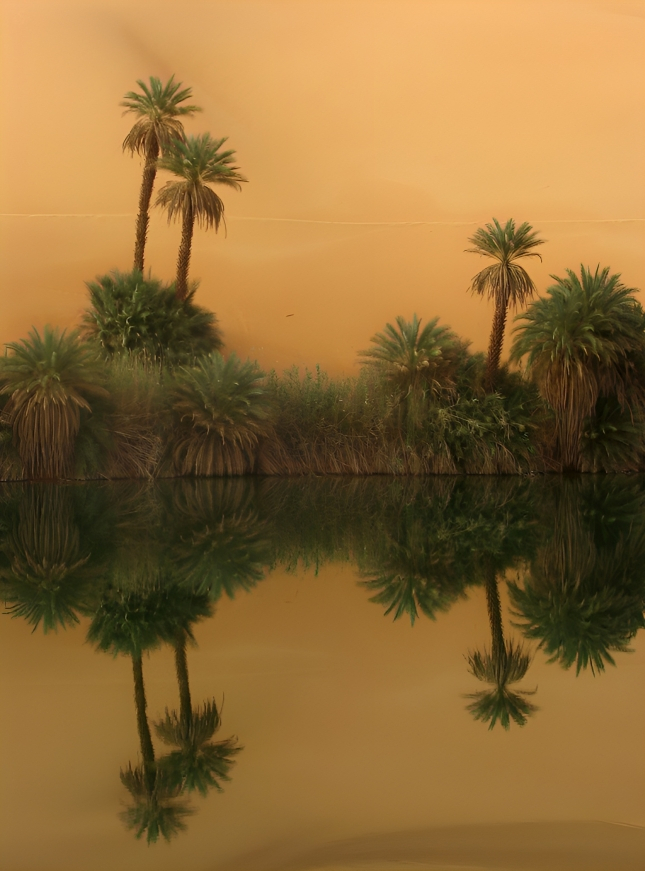
“Green Sahara” is the term used to define the point in the climatic history of North Africa when the Sahara Desert was a much more hospitable place. This period was marked by increased rainfall and an abundance of vegetation. It is important to note that Green Sahara was not a single moment in time. The Sahara has gone through cycles of climate conditions.
The Earth’s Tip Doomed the Sahara
The last significant Green Sahara period took place between 10,000 and 5,000 years ago. During that time, lakes and rivers were common on the Sahara. The vast grassland supported a range of wildlife with attracted human populations. Several great kingdoms of North Africa have their roots in the Green Sahara.
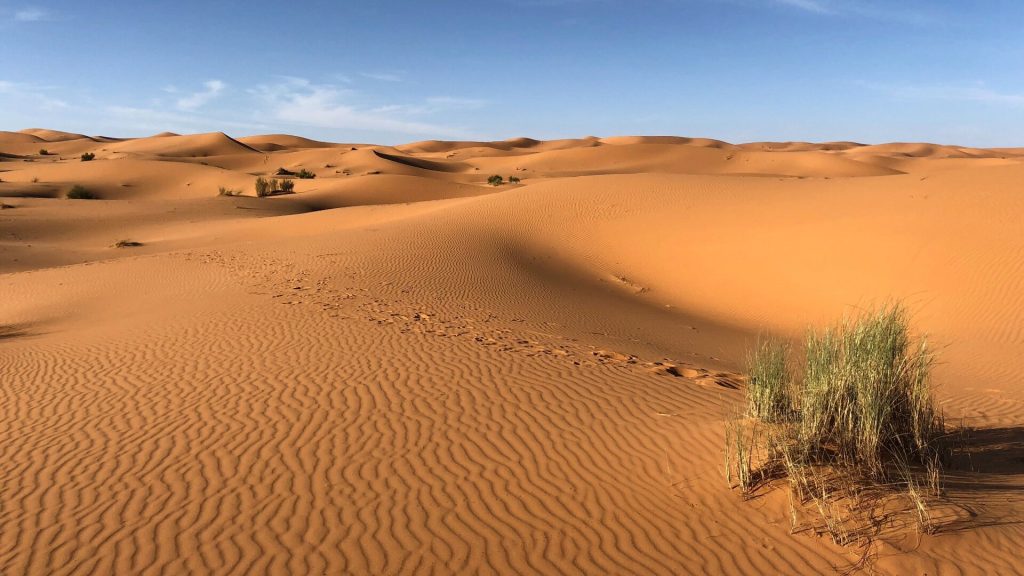
The Sahara underwent a gradual transition to the dry, sandy desert we see today. The process was influenced by changes in the Earth’s rotational axis. Over hundreds of years, the Green Sahara gave way to arid terrain as temperatures rose and rainfall diminished.
From Green Saharans to Resourceful Garamantes
The Garamantes people were descendants of cattle herders who inhabited the area from 7,000 to 5,000 years ago. They witnessed the climate changes impacting their region. As the Garamantes kingdom rose, so did the need for life-sustaining water. Since they could not find water on the surface, the Garamantes looked below ground.

They found just what they were looking for – an abundance of clear, potable water. This was a game-changer for this ancient civilization, for it gave them the most important resource they needed to carve a kingdom from the desolate desert.
The Ancient Garamantes Got Lucky
According to hydrogeologist Frank Schwartz, the Garamantes people were extremely lucky to perch their kingdom above such a large aquifer. He called it “serendipitous.” He might be correct in assuming the Garamantes got lucky when picking a building site.
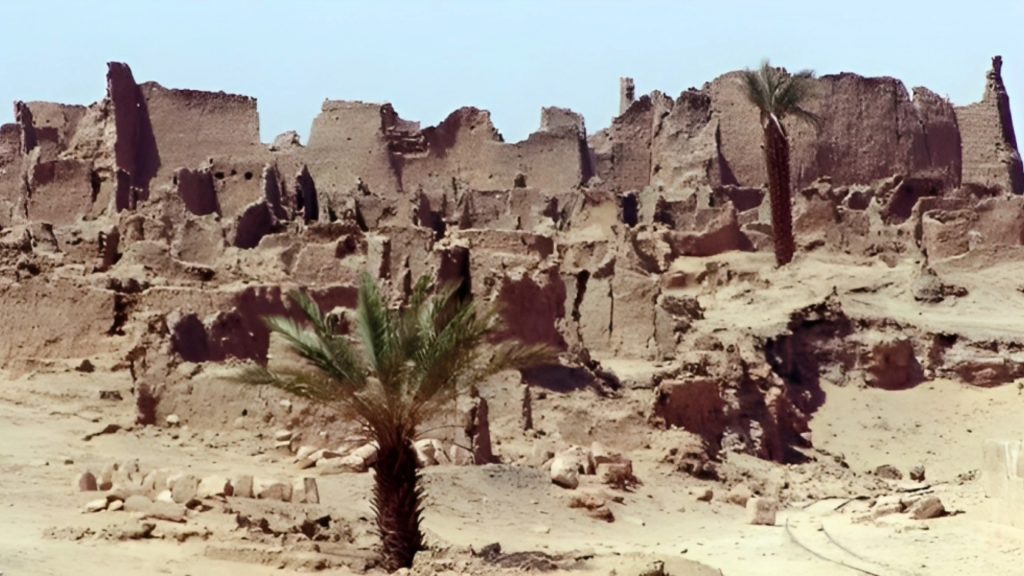
Or it could be that they were relying on stories passed down since the time of the Green Sahara that told them about an underground water source at that location. Either way, the Garamantes were fortunate to have a nearby water supply. They just needed to figure out how to get to it.
Master Well Diggers
The Garamantes were known for their advanced underground irrigation systems. They constructed a network of wells, underground tunnels, and canals to access the groundwater. This allowed them to cultivate crops in the harsh desert conditions. The ruins of their irrigation systems provide insight into their unique way of life.

According to Schwartz, the archaeological evidence tells us that the Garamantes people used several different methods throughout their history to retrieve the water in the aquifer. These methods ranged from the simple to ones that were truly engineering marvels of their day.
Garamantian Well Methods
In the ruins of the Garamantes kingdom, archaeologists have discovered remnants of “shadoof” wells. This type of well utilizes a counterweight to lift a bucket of water from the well. There is also evidence that the Garamantes used “dalw” wells, in which domestic animals are used to lift the water, in buckets or leather pouches, from the well.
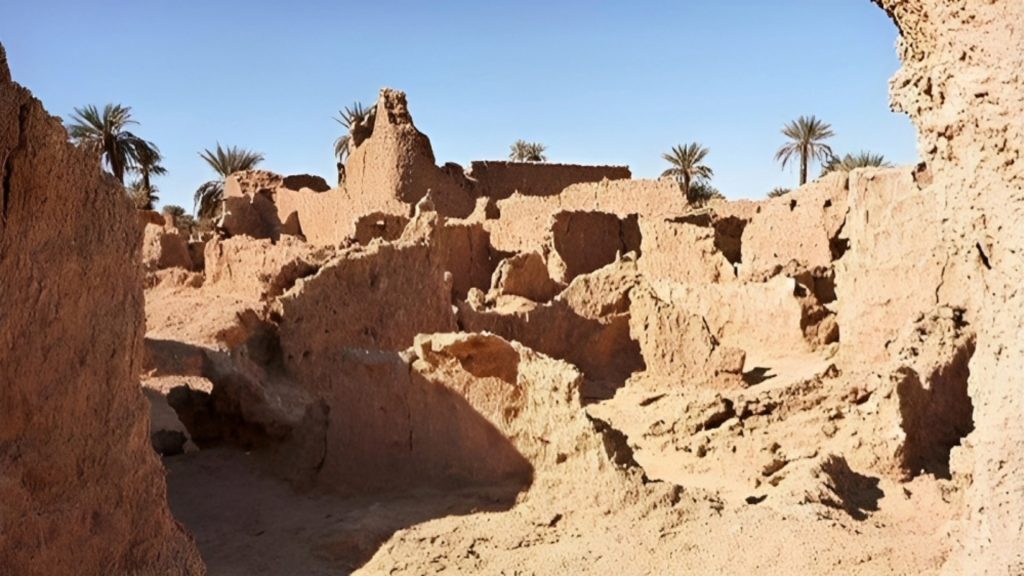
The most effective innovation the Garamantes used, however, was the “foggaras” system. This system is much more complicated and requires knowledge of engineering. It involves building a system of underground passageways and using gently sloping tunnels to move water via gravity. It is a highly effective means of supplying water for human and agricultural use.
Miles and Miles of Foggaras
Excavations of the ruins of the Garamantian kingdom show just how extensive and impressive the foggaras system was. The tunnel system extends more than 460 miles in total. The longest of these foggaras stretch as far as four miles. Roughly every 15 to 30 feet, the territory is dotted with vertical shafts that access the subterranean tunnels.
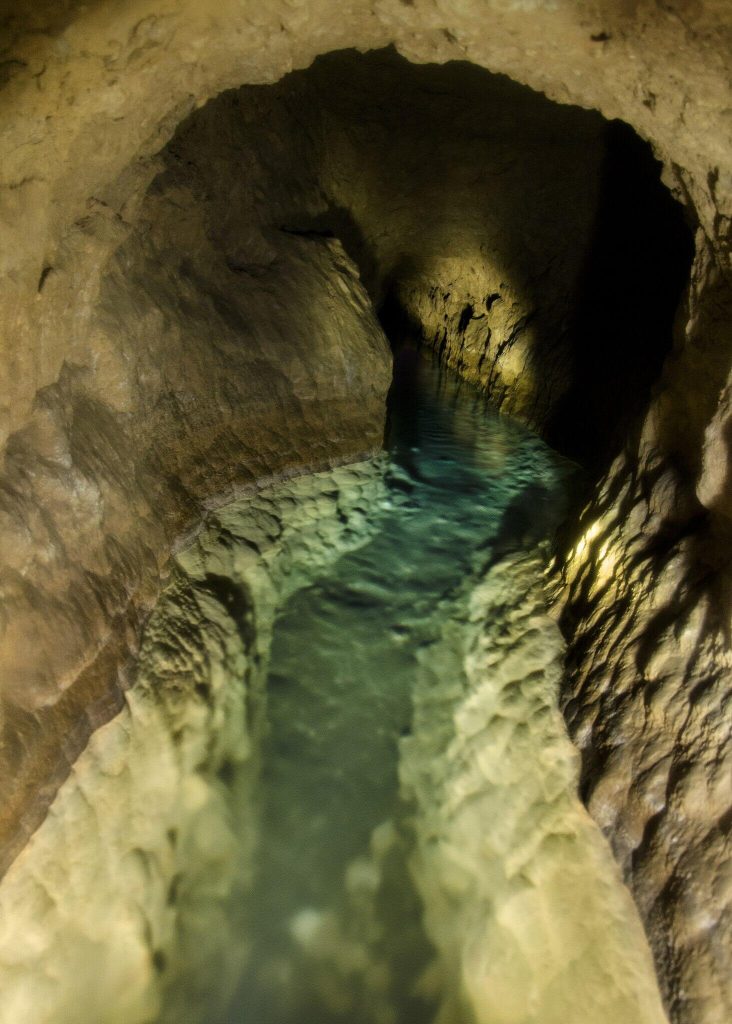
As Schwartz explained, the foggaras tunnels were cut through solid sandstone or dug through sand and gravel. Most likely, according to Schwartz, the work was done by enslaved people. The Garamantes people, out of necessity, built more foggaras than any other North African culture.
Borrowed Technology from the Ancient Persians
Since the Garamantes people traded with the ancient Persians, it is feasible that they learned the foggaras system from them. According to Schwartz, the Persians had long used this method to access their aquifers. But there was a notable difference between the aquifers the Persians accessed and the one the Garamantes used.

The Persian aquifers were sustainable underground water sources. The water levels of the aquifers might drop during the year but were replenished every spring when runoff from melting snow seeped into the ground. The Persians could take from the aquifer and nature would refill it. That wasn’t the same for the Garamantes.
An Unsustainable System
As Schwartz explained, the aquifer beneath the Garamantian kingdom was not sustainable. It had been filled during the last Green Sahara cycle and the water was held in a sandstone chamber under the ground. It was not being replenished each year by rains, flooding, or melting snow.

The water the Garamantes people took from the aquifer was in finite supply. Like all non-renewable resources, it was in danger of running out. The larger the kingdom grew, the more demands were placed on the aquifer and the quicker the water levels dropped.
The Desperate Search For Water
The Garamantes people realized their precious water supply was dwindling and desperately tried to solve their problem. Schwartz noted that some of the archaeological evidence from the Garamantes irrigation system points to this desperate search.
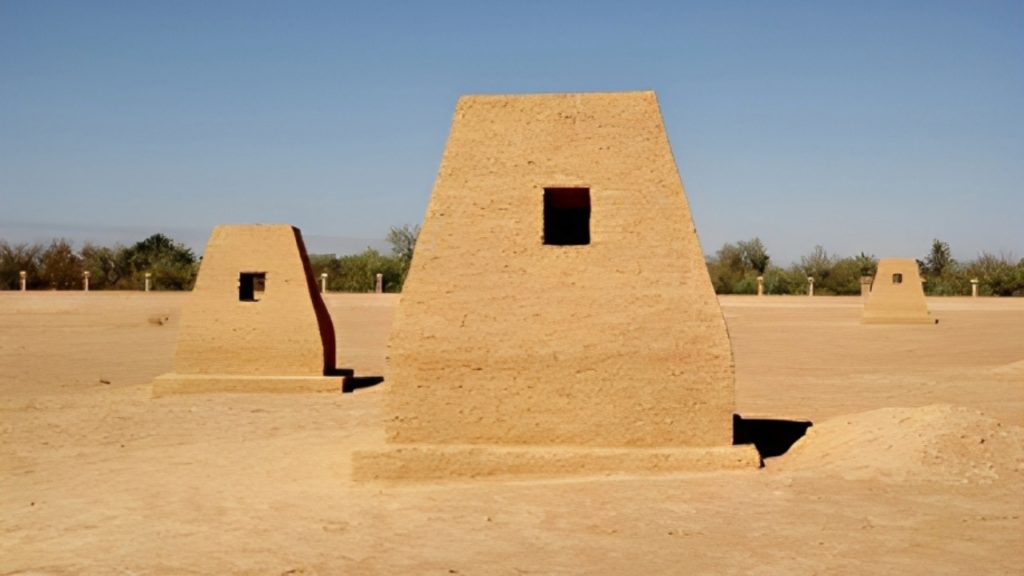
For example, the most recently constructed projects extended the foggaras deeper and further out than previous ones. The ancient engineers hoped to tap into other pockets of water…but there weren’t any.
The Fall of the Garamantes Civilization
“It was a non-sustainable system,” said Frank Schwartz. That caused the downfall of the Garamantes civilization. The people were completely dependent on the aquifer for all their water needs. As the water level declined, so did the population of the kingdom.

For more than 2,000 years, the Garamantes civilization was a powerhouse of the Sahara Desert. The story of the Garamantes kingdom should serve as a cautionary tale about the sustainability of groundwater and the over-reliance on aquifers.

